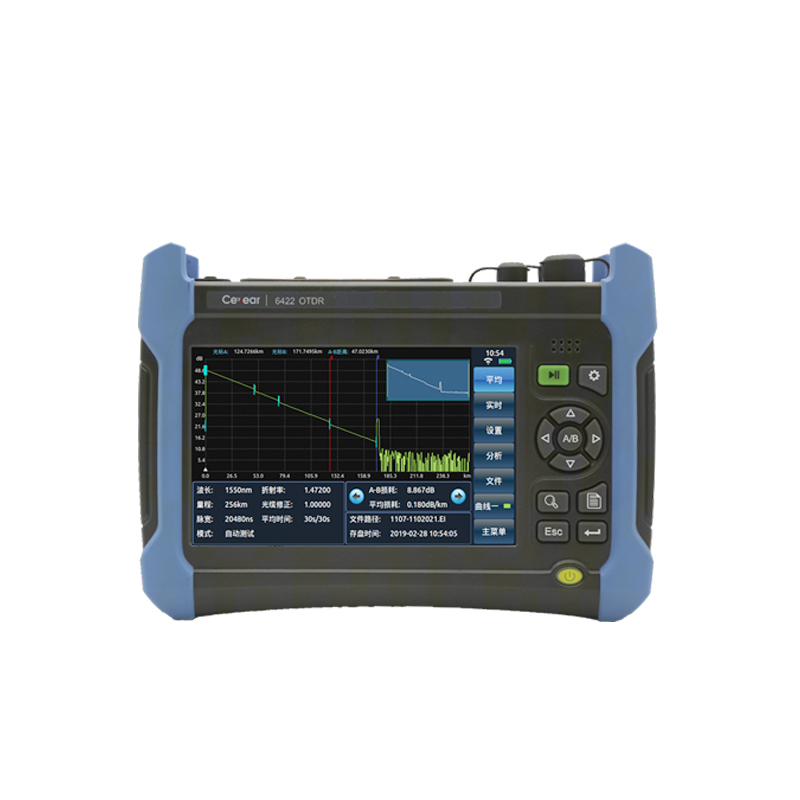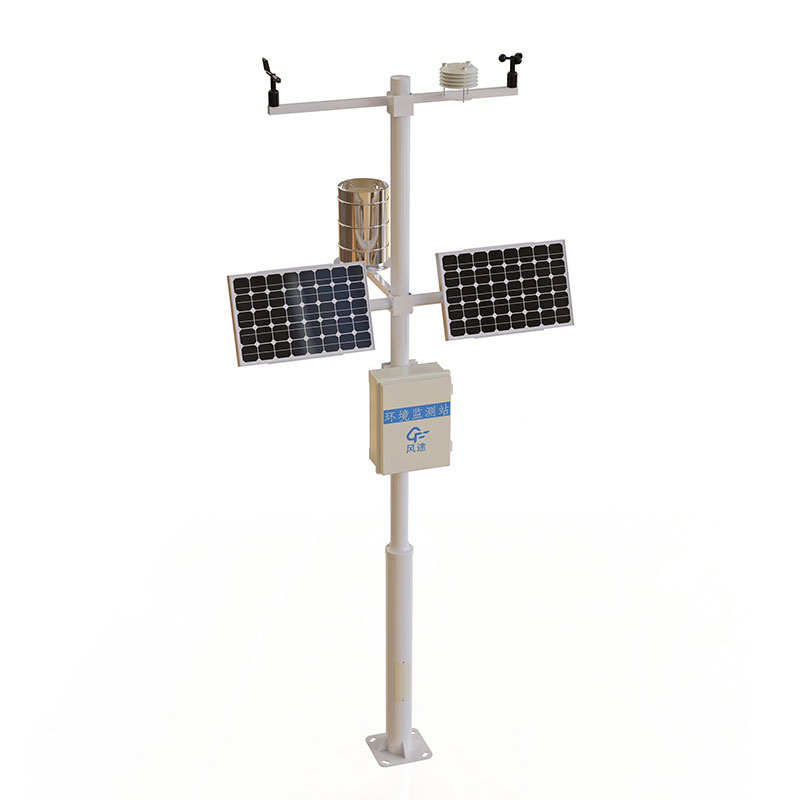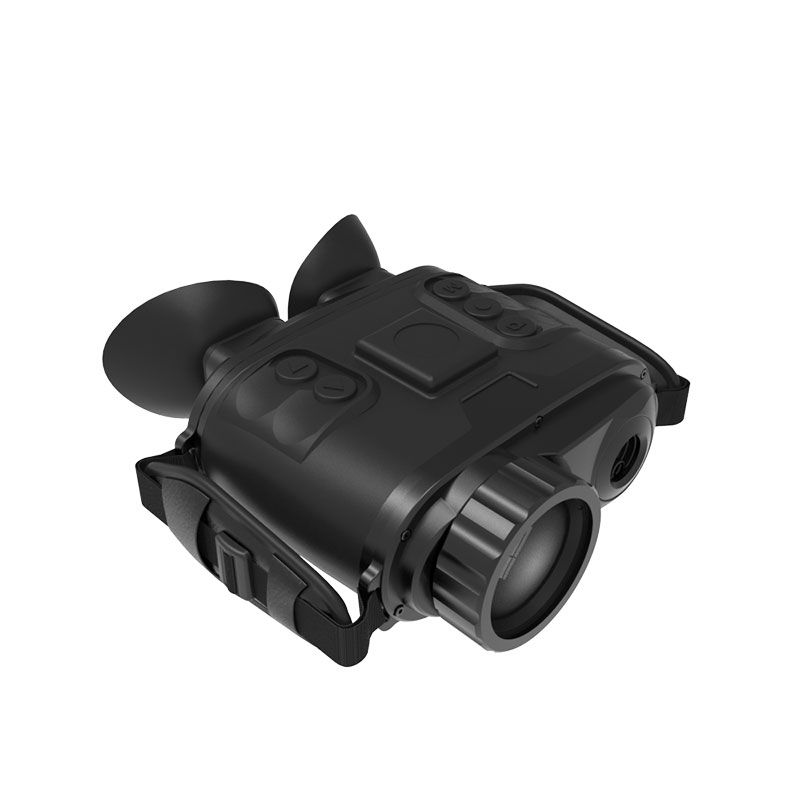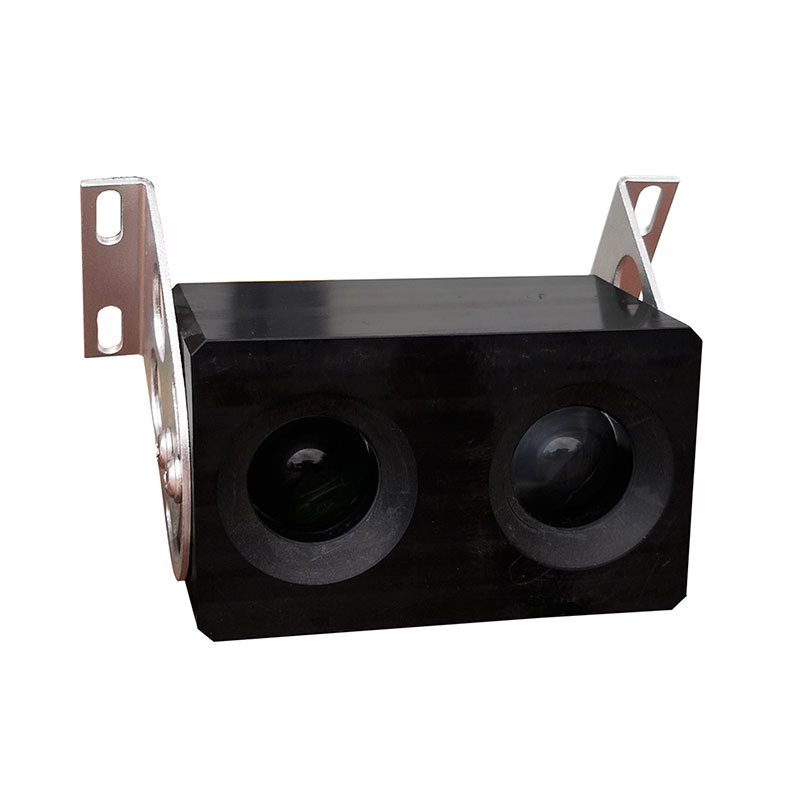Product
Recommended article
- How Forestry Weather Stations Bolster Forest Fire Prevention Efforts
- Discover the Power of Negative Oxygen Ion Monitoring System for Cleaner Air
- Comparative Analysis of Ultrasonic and Automatic Weather Stations in Meteorological Monitoring
- Breaking Through the ‘Last Meter’ with Online Dust Monitoring System
- Mastering Road Conditions with Road Weather Station
- Inhalable Dust Continuous Tester: A Portable Solution for Dust Concentration Monitoring
Contact us
Shandong Fengtu IOT Technology Co., Ltd
Sales Manager:Ms. Emily Wang
Cel,Whatsapp,Wechat:+86 15898932201
Email:info@fengtutec.com
Add:No. 155 Optoelectronic Industry Accelerator, Gaoxin District, Weifang, Shandong, China
Quantifying Ecological Benefits with Data, Negative (Oxygen) Ion Monitoring System for Parks
Article source:Weather station time:2024-07-30 08:57:04 viewed:47times
The measure of freshness of air is indeed related to the concentration of negative oxygen ions in the air. Negative oxygen ions are negatively charged oxygen molecules, and they are found widely in the natural environment in places such as forests, waterfalls and seashores. The level of negative oxygen ion concentration can reflect the cleanliness of the air and the quality of the ecological environment.
Generally speaking, the higher the concentration of negative oxygen ions, the fresher the air. They can adsorb dust, bacteria and other pollutants in the air, helping to purify the air and improve air quality.
Measurement of negative oxygen ion concentration in ambient air is usually carried out using specialized instruments, such as hand-held negative oxygen ion detectors or negative (oxygen) ion monitoring systems for parks.
Negative air ions are a key factor in improving the attractiveness of tourist destinations; they help purify the air and are beneficial to health. Utilizing IoT and Internet technologies, monitoring systems can be deployed in scenic spots to display real-time air negative ion concentrations to inform tourists about air quality. This not only enhances the visitor experience, but also helps scenic spot managers to rationally plan tourism activities, protect the ecological environment, and attract more health-conscious tourists.
Designed for various natural environments, the Park Negative (Oxygen) Ion Monitoring System is capable of collecting and transmitting data to a cloud server in real time. This system can be unattended and work around the clock to ensure continuous recording of air quality data. Managers and visitors can view the data through a remote platform or see real-time air quality information directly on the park's large LED screen.
The park anion monitoring system is designed through modularization, which makes the system configuration flexible, can increase or decrease sensors according to the actual demand, supports a variety of transmission methods, and the power supply system can be configured according to the needs. The system design takes low power consumption into consideration and provides a variety of power supply methods such as utility power, solar power and storage battery to ensure stable operation in various environments. In terms of data transmission, it supports various communication modes such as 4G and wired to ensure the stability and reliability of data transmission. Users can query data in real time through the collector's own touch screen, LED screen, Internet big data platform or cell phone APP and other ways.
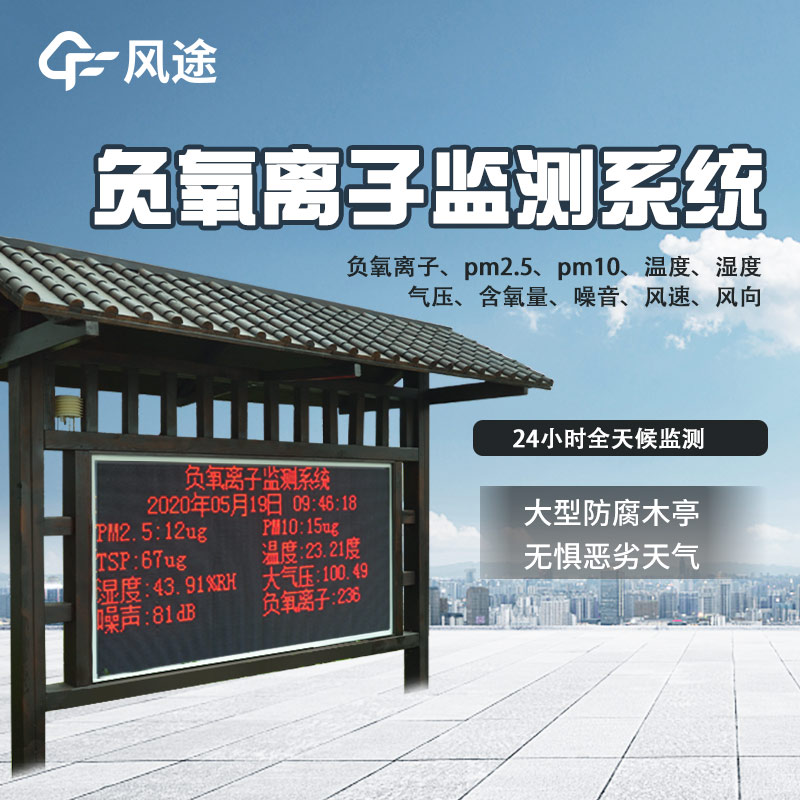
This paper addresses:https://www.yf182.com/industry/455.html
Related products
Related article
-
Dust Monitoring Equipment: Guarding the Environment and Public Health against Construction Dust
2024-11-20 -
Agricultural Weather Stations, making farming more modern and smarter
2024-08-16 -
Introduction to the Integrated Forest Climate Fire Risk Factor Monitoring Station
2024-04-26 -
Fengtou Farming Weather Station Provides Weather Services for Sheep Farming
2024-07-29 -
Fengtu Dust Detector: An Effective Tool for Dust pollution control
2024-12-30 -
What are the advantages of the 12 metre manual pre-dischargeable lightning rod?
2024-05-28 -
Why install a dust and noise monitoring system?
2024-05-29 -
Introduction to the fog warning and monitoring system
2024-06-19


